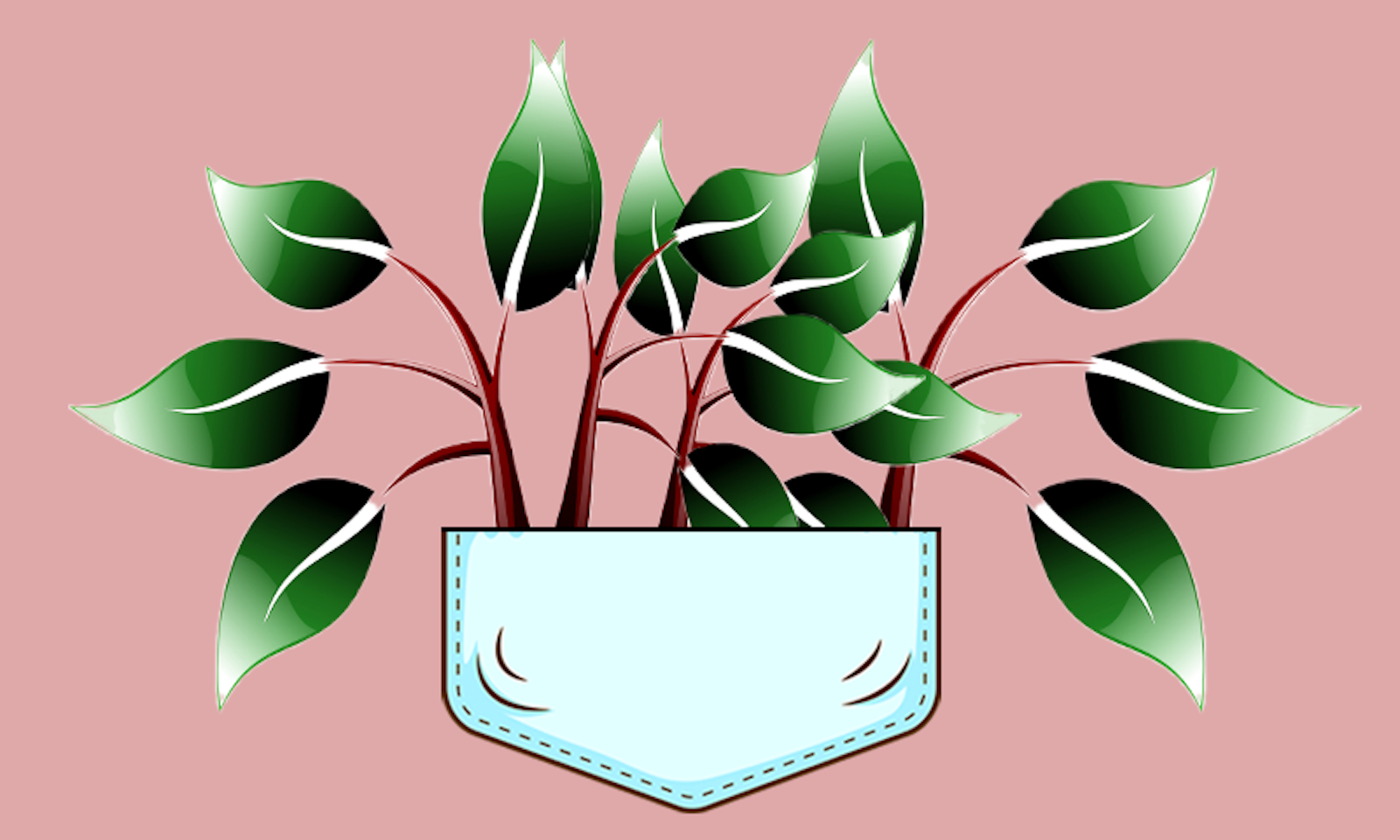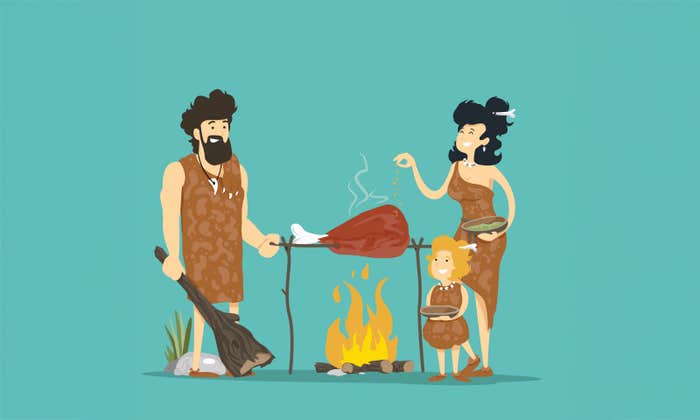A couple of years ago, a crew of volunteers planted 1,400 trees in a former landfill the size of a basketball court at Danehy Park in North Cambridge, Mass. Suddenly a space that might hold no more than 10 basketball players was overtaken by a dazzling crush of saplings. The micro-woodland, which contains 32 native species, was the first example in the northeastern United States of what is known as a Miyawaki forest.
When you think of a forest, you might imagine a sea of pines stretching across a craggy mountainside or groves of cottonwood, willow, and poplar blanketing a valley in green—trees as far as the eye can see. But many urban conservationists have been turning to a much tinier model, one borrowed from Shinto shrines in Japan.
These shrines often honored spirits and gods of the forests, so the temple grounds, in turn, hosted miniature stands of trees. Sometimes called “pocket forests,” these sacred groves were ultra-dense and highly biodiverse. In their attempt to recreate the complexity and beauty of natural forests, the temple gardeners tended to reproduce the ecosystem relationships that make natural forests resilient. In the 1970s, Japanese botanist Akira Miyawaki began studying the shrine forests and decided the model could help rewild urban environments and repair contaminated sites more quickly and effectively than other standard forestry methods. The Miyawaki forest was born.
Some say pocket forests are an exercise in greenwashing.
The Miyawaki method itself is fairly simple: Conservationists are tasked with improving the soil on the designated site with organic material and microorganisms. They then identify 50 to 100 species endemic to the particular landscape in four categories: canopy, sub-canopy, understory, and shrubs. Next, they plant the trees in dense and random mixtures—20,000 to 30,000 per hectare rather than the 1,000 per hectare typical of commercial forestry. For two to three years, they water and weed the forest. After that, the forest is left to its own devices.
Over the past few decades, Miyawaki has planted more than 750 Miyawaki forests in Japan, Malaysia, and South America. The Miyawaki model has also been popular in Europe, with projects like Urban Forests in Belgium and France, and Tiny Forest in the Netherlands. In the U.S., conservationists only recently began planting Miyawaki forests, including stands in Seneca, South Carolina, and Maysville, Missouri. The Cambridge effort was organized by Ethan Bryson, an architect by training and an expert in soil biology. He launched National Urban Forests in 2016 to promote the Miyawaki method after watching a TED talk by entrepreneur and former industrial engineer Shubhendu Sharma. Sharma, who met Miyawaki himself while working at Toyota in India, has turned the Miyawaki forest into a global business through the company he founded called Afforestt.
In his Ted Talk, Sharma declares the Miyawaki forests pack a real conservation punch, growing 10 times faster, getting 30 times denser and containing 100 times more biodiversity than a “conventional plantation” forest. Other advocates have claimed that Miyawaki forests can grow into mature ecosystems in just 20 years—compared to between 70 and 200 years it can take a natural forest to regenerate on its own—and that they can support up to 20 times as many species as non-native, managed forests.
Some say pocket forests are an exercise in greenwashing. Earlier this year, Mongaobay reported the pocket forests sprouted in Japan when Miyawaki was hired by Nippon Steel to spruce up its factory site with a forest. In 1973, Japan required that big factories devote 20 percent of their land to greenery. Miyawaki was then hired by some of Japan’s biggest car, utility, and chemical companies. Earlier this year, Indian eco-gardeners Fazal Rashid and Somil Daga wrote an op-ed entitled, “How Mr. Miyawaki Broke My Heart” in an Indian publication, Science: The Wire. Rashid and Daga argued that the Miyawaki method often fails to replicate native forests and may destroy other healthy ecosystems. They pointed out the practice is often a way for small businesses to make a quick dollar through corporate social responsibility budgets.
Some scientific evidence for the Miyakawa method is emerging. One small study from the Netherlands and another from Italy support claims of rapid growth and high biodiversity. In the UK, scientists have set up a monitoring program to measure ecosystem benefits. As the data rolls in, Miyawaki, now in his early 90s, continues to plant trees. ![]()
Lead image by Tasnuva Elahi; with images by Rheo and RalfDesign / Pixabay




























